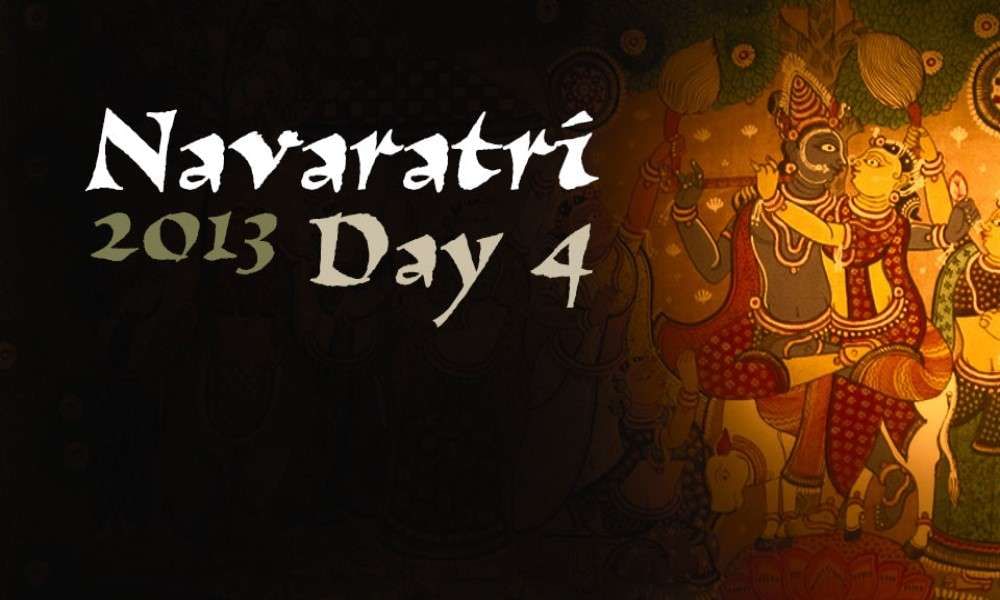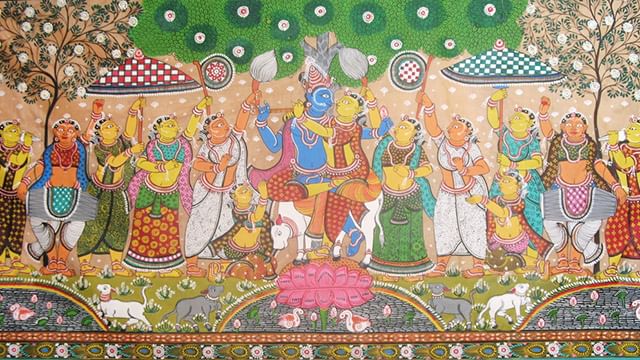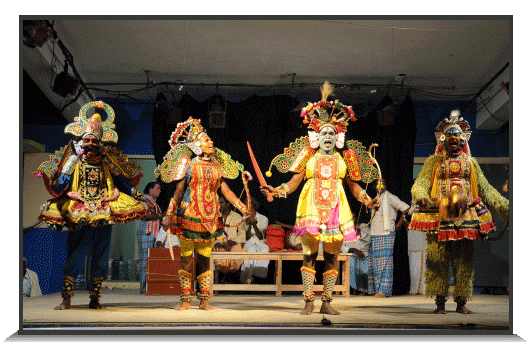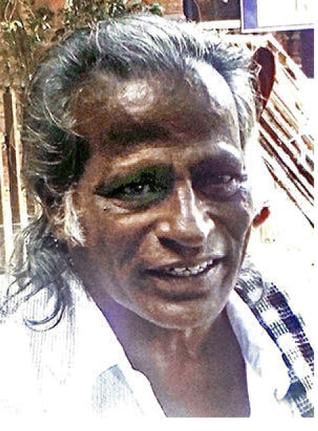Navratri Celebrations 2013 – Passion and Play
On the fourth day of Navratri, Sadhguru looks at the quality of Rajas, and participants share their experience of the daily Dandiya Raas.

Rajas – A Process of Liberation


Sadhguru: Among the three celestial objects with which the very making of our bodies is very deeply connected – the Earth, the Sun, and the Moon – Mother Earth is considered tamas. The Sun is rajas. The Moon is sattva. Tamas is the nature of the Earth and of your birth. The moment you come out, you start activity – rajas begins. Once rajas comes, you want to do something. Once you start doing something, if there is no awareness and consciousness, the nature of rajas is such, it’s good as long as the going is good. When the going gets bad, rajas is going to be super-bad.

A rajasic person has a tremendous amount of energy. It is just that it has to be channelised properly. Every action that you perform can be either a process of liberation or entanglment. If you perform any activity with absolute willingness, that activity is beautiful and creates joy for you. If you perform any activity unwillingly for whatever reason, that activity creates suffering for you. Whatever you are doing, even if you just sweep the floor, give yourself to it and do it with total involvement. That’s all it takes.
When you are passionately involved with something, nothing else exists for you. Passion does not mean “man-woman” passion. Passion means unbridled involvement with something. It could be anything – you can sing passionately, you can dance passionately, or you can just walk passionately. Whatever is in touch with you right now, you are deeply passionate with that. You breathe with passion, you walk with passion, you live with passion. Your very existence is with absolute involvement with everything.
Dandiya Raas
Subscribe


Every night of Navratri at the Adiyogi Alayam, people of all ages celebrate Dandiya Raas. Originating from Vrindavan, Dandiya Raas is said to have its roots in Krishna’s Leela and his Raas with Radhe and the gopis. Sadhguru explans, “The word ‘rasa’ literally means ‘juice,’ but it can also indicate passion.” Dandiya is a rhythmic, lively dance that involves dancers going in tune with a beat, carrying dandiya sticks, which are about 10-12 inches long, in each hand. Taking measured steps to the beat, they strike the dandiya sticks held in other dancers’ hands.
Sundar, a resident at the ashram, says, “This year, unlike last year, I was fully involved in the dance. With that one hour every night during Dandiya, it feels like some limitations within me have broken.”
Rosie, from the US, shares how Dandiya turned out to be a joyful surprise for her, “When they offered the Dandiya dance, I wasn't really sure what to expect. I went and I actually ended up having so much fun. Everybody was having such a great time just dancing and it was such a lively experience. I am really thankful they offered this.”
Aditi finds that the Raas brings a sense of inclusiveness, “With the Dandiya Raas, it is like I am synchronising and merging with all the other dancers, and there is an immense feeling of inclusiveness. When the rhythms pick up, we segue into garba and I am overwhelmed by the ecstasy of being all alone, just melting into the dance. I feel an outpouring of love and energy that is intoxicating.”


Sadhguru speaks about the relation between celebration and the feminine, through a story about Krishna’s first Rasa at Vrindhavan, which has an unexpected visitor – Shiva.
Sadhguru: It fell on Shiva’s ears that a fantastic dance happens on the Yamuna’s banks. He became aware that people just danced their way to what he had achieved through meditation. Shiva being Nataraja, the Lord of Dance, was very amused that Krishna, this little boy, his devotee, was taking people to transcendental states simply by dancing and blowing upon his flute. He wanted to witness this. So he walked from the Himalayas to the Yamuna and said to a boatman there, “Take me across to Vrindhavan. I want to see Krishna’s Rasa.” The boat man replied, “You cannot go like this. When you go to the Rasa, Krishna is the only man, everyone else is a woman. If you want to go, you have to go as a woman.”
Shiva is considered the ultimate of the masculine – the purusha among purushas. So it was a strange request that Shiva had to become a woman. But the Rasa was in full swing and Shiva wanted to go there. Shiva looked around. No one was looking, so he wore the clothes of a Gopi and went across. He is such a sport!
There is something very feminine about celebration. Feminine means exuberance, and that is how you should be every moment of your life – exuberantly alive. Celebration should not be limited to a particular occasion. Your whole life, your very existence should become a celebration.
Therukoothu – Folk Theatre


Therukoothu is a traditional folk theater artform of Tamil Nadu. This vibrant artform combines spoken word, song and dance and bases its themes on Indian mythology. Therukoothu is not merely a form of theater. The many rituals involved in Therukoothu are drawn from the Tamil people’s emotions, values and attitudes to life. Therukoothu is generally performed at Goddess temples between March and July. The performances begin late in the evening and can last through the night. The costumes are colorful and vibrant, with tall headgear, arm and shoulder-wear, breast shields and painted face masks.


The Purisai Duraisami Kannappa Thambiran Parambarai Therukoothu Mandram has been a vibrant epicenter of this artform, and draws from several generations of involvement in Therukoothu. The organisation is guided today by Purisai Sambandhan, who has kept Therukoothu alive and thriving. He has directed the group’s Therukoothu version of Gabriel Garcia Marquez’s “A Old Man with Huge Wings,” for the 5th International Theatre Festival at Bogotá, Colombia in 1996 and the Brecht centenary Therukoothu production “Caucasian Chalk Circle” in 1998. He was was conferred the title of Kalaimamani in 1995, and awarded the Sangeet Natak Akademi Puraskar in 2012.
Hands of Grace
Starting from tomorrow till 13th October, the Isha Yoga Center will host Hands of Grace, a unique craft exposition featuring traditional handicrafts from across the length and breadth of India. Open every day from 11 am to 10 pm, 50 craft groups will showcase thousands of exquisite items including furniture, interior décor, garments, organic bodycare products, stone and metal crafts, accessories, and gift items, offering the gamut of India’s arts and crafts tradition.
Join the webcast live at 5.30 PM IST (12 noon GMT) at http://isha.sadhguru.org/live/



